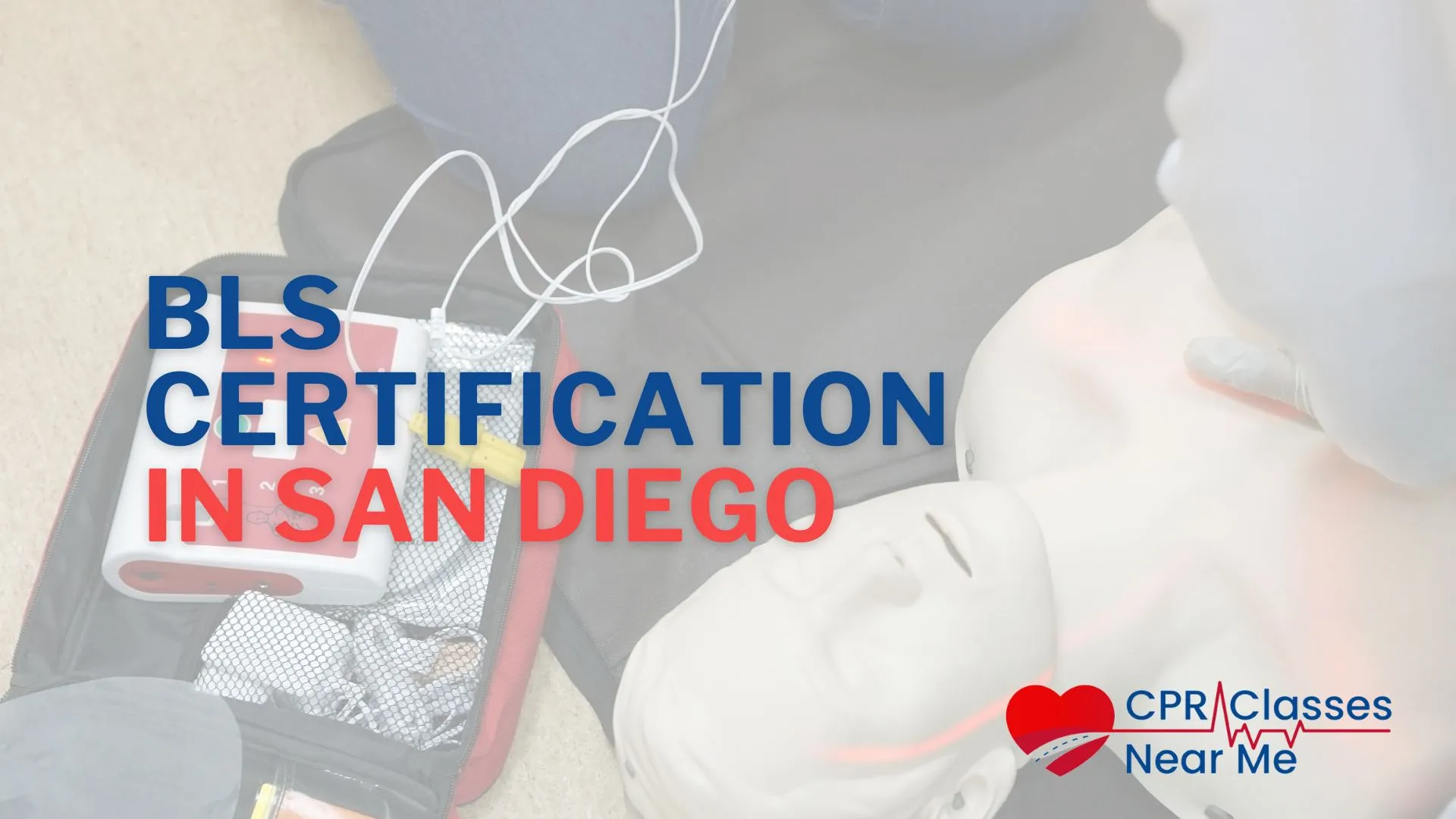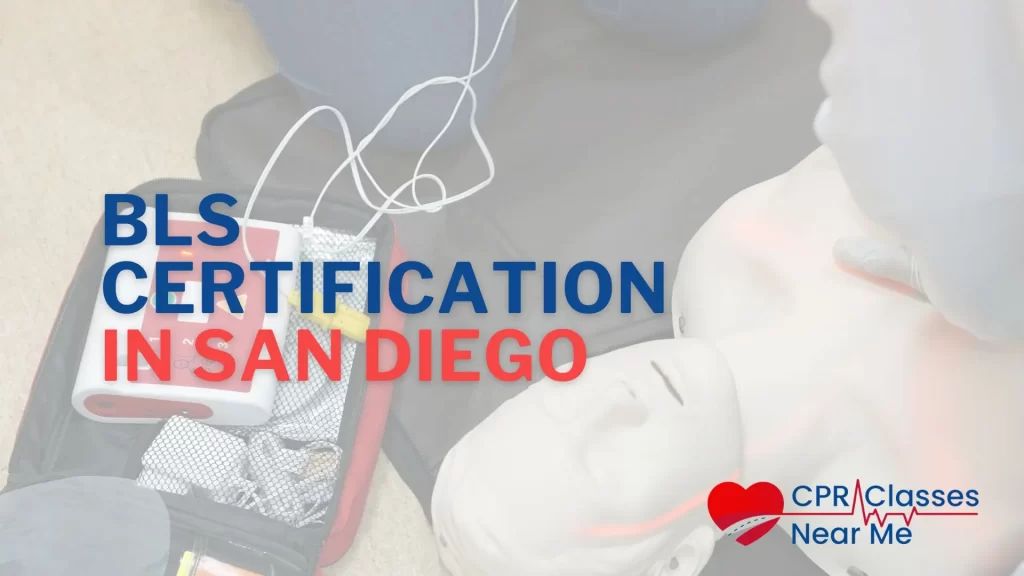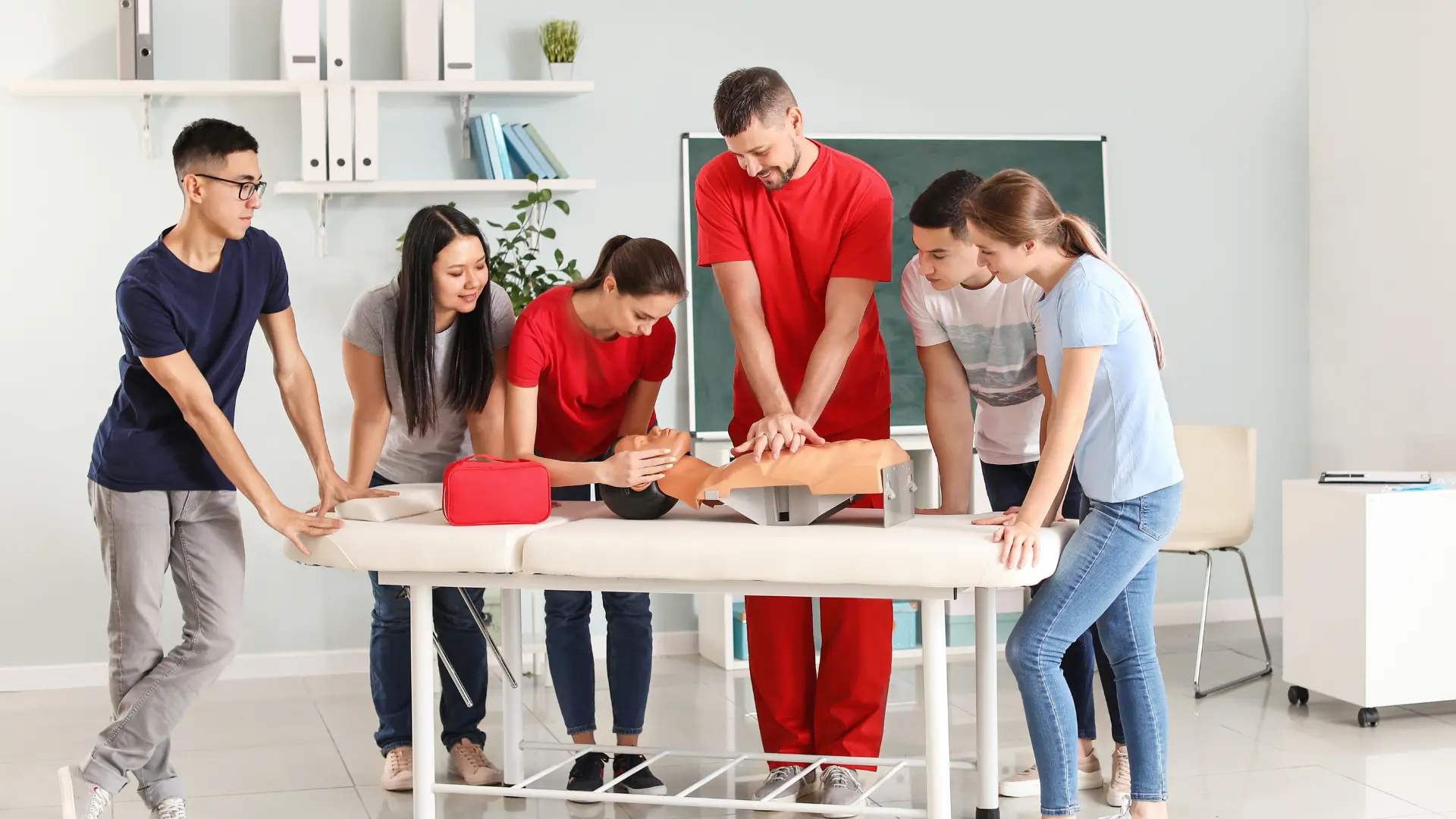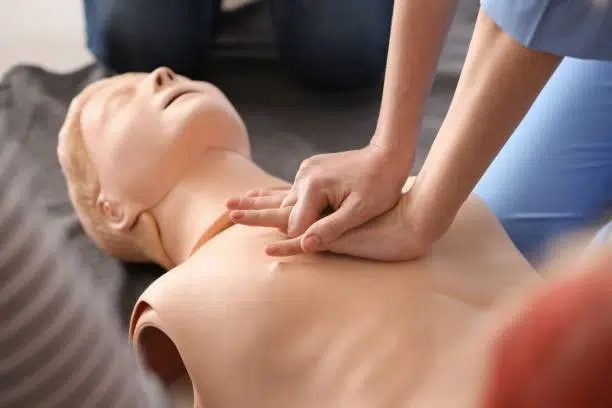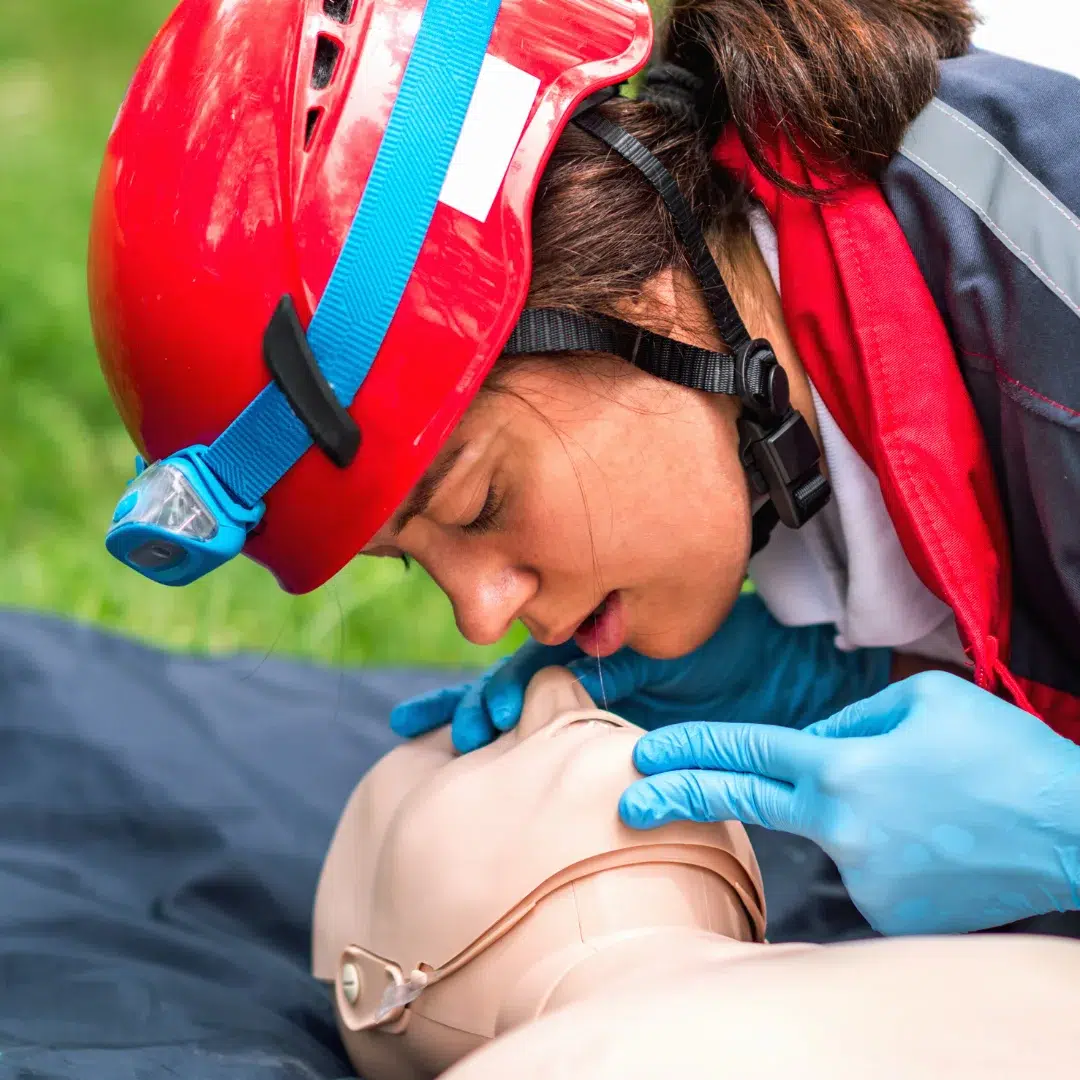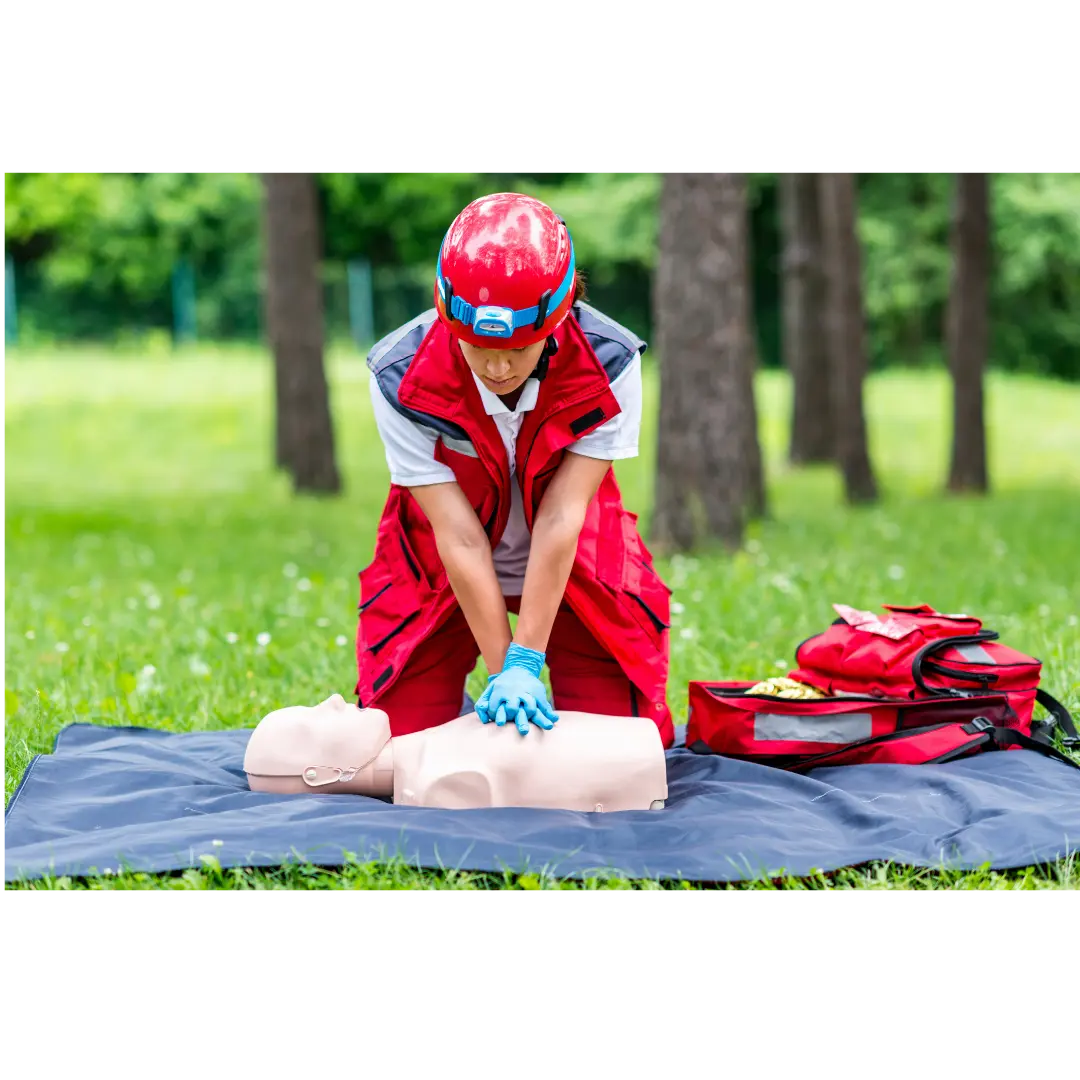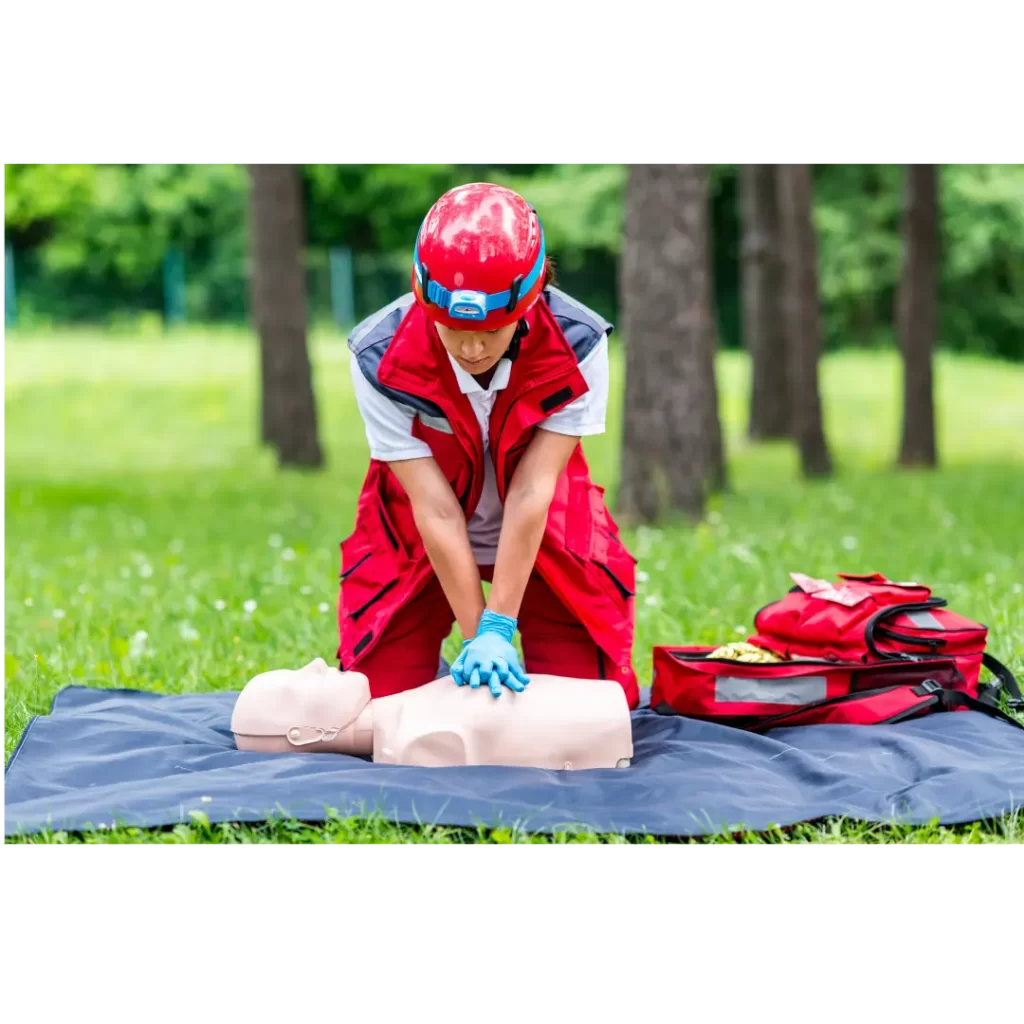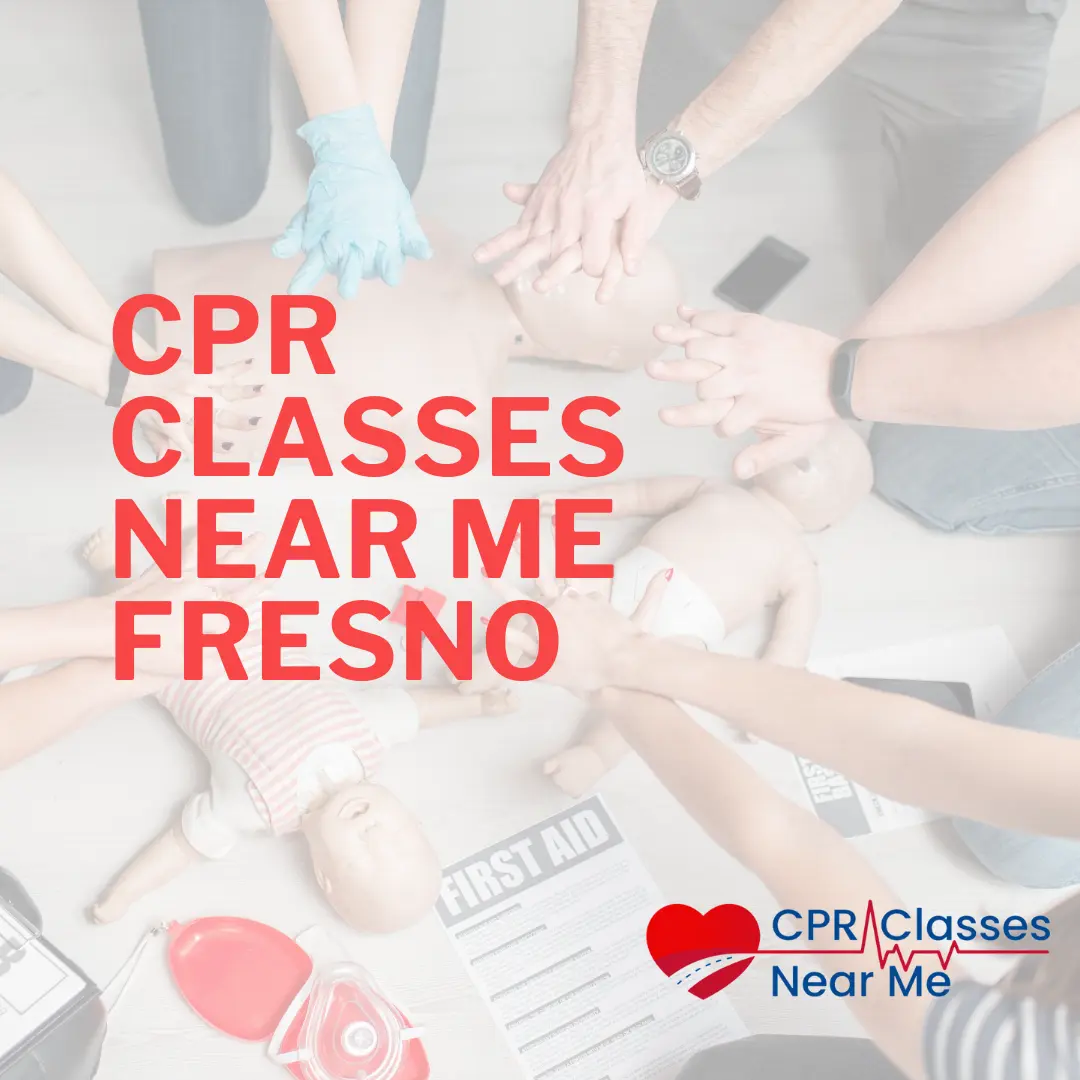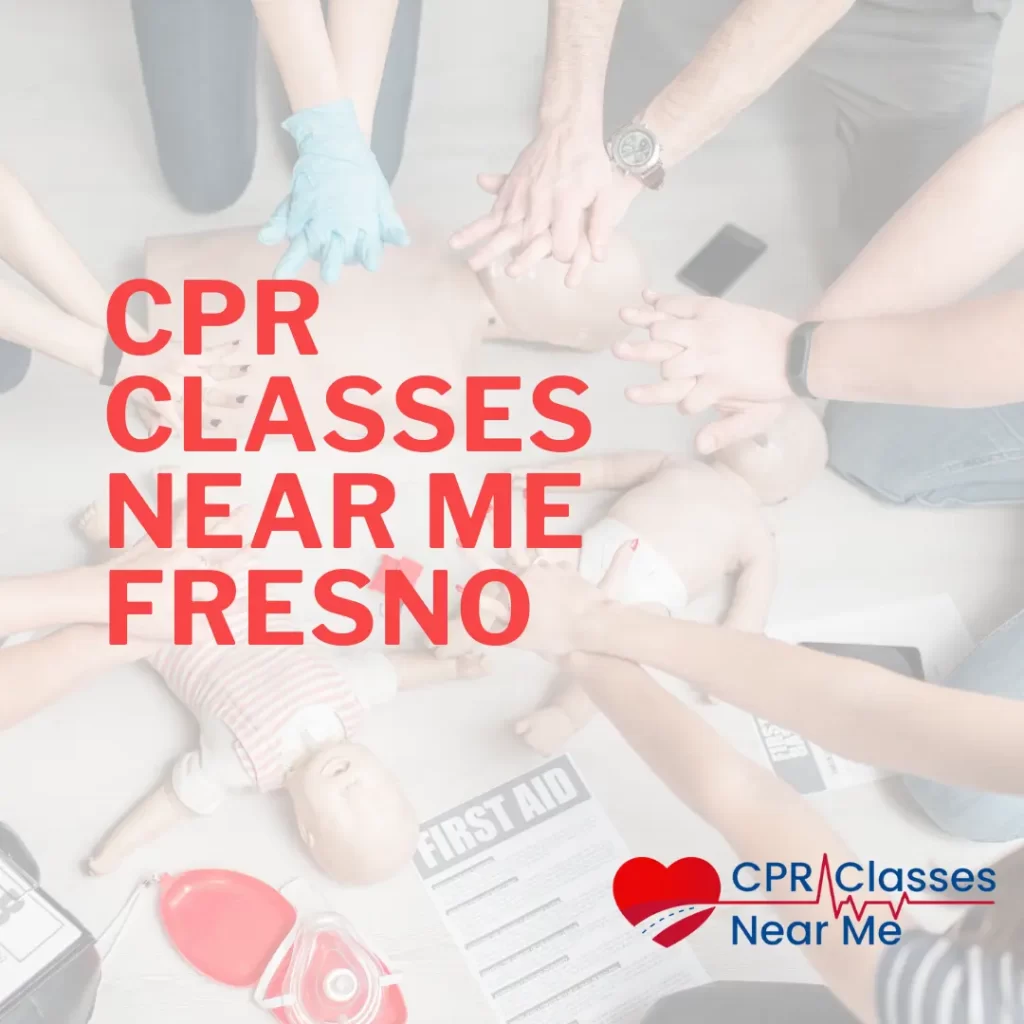Tips for Selecting the Best CPR Certification Course in San Diego
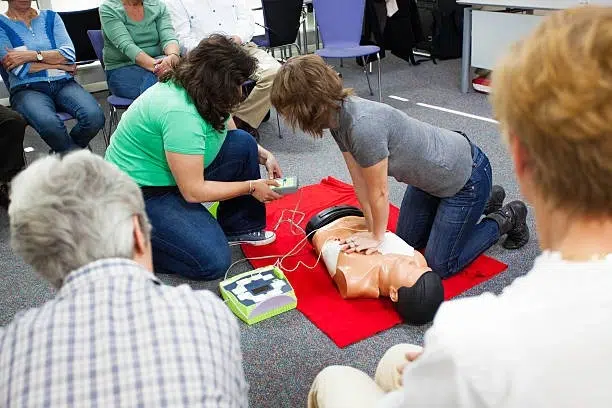
Tips for Selecting the Best CPR Certification Course in San Diego

Choosing the right CPR certification course in San Diego is crucial for healthcare professionals, educators, and anyone looking to acquire life-saving skills. With numerous options available, finding the best course can be daunting. This guide provides essential tips and insights to help you select the best CPR certification course San Diego has to offer.
Understanding the Importance of CPR Certification
CPR, or Cardiopulmonary Resuscitation, is a life-saving technique used in emergencies when someone’s breathing or heartbeat has stopped. CPR certification ensures that individuals are trained to respond effectively in such critical situations. In San Diego, many employers, especially in healthcare and education sectors, require CPR certification for their staff. Having a recognized CPR certification not only enhances your resume but also prepares you to save lives in real-life scenarios.
Identifying Your CPR Certification Needs
Before selecting a CPR certification course in San Diego, it’s important to identify your specific needs. Different courses are tailored to various audiences. Some common types include:
- Basic Life Support (BLS): Targeted towards healthcare providers and professionals who require CPR skills as part of their job.
- Heartsaver CPR/AED: Designed for the general public and workplace employees who need CPR and AED (Automated External Defibrillator) training.
- Pediatric CPR: Focuses on CPR techniques for infants and children, ideal for childcare providers and parents.
Understanding which type of certification you need will narrow down your options and help you choose the most appropriate course.
Accredited Certification Providers
Ensuring the course is accredited by recognized organizations is critical. The American Heart Association (AHA), American Red Cross, and National Safety Council are among the leading organizations offering accredited CPR certification courses. Certification from these organizations is widely accepted and respected across various industries. When selecting a CPR certification course in San Diego, check if the provider is accredited by one of these reputable organizations.
Instructor Qualifications
The quality of instruction significantly impacts the learning experience and effectiveness of CPR training. When choosing a CPR certification course San Diego offers, investigate the qualifications of the instructors. Certified and experienced instructors who have undergone rigorous training can provide comprehensive and practical knowledge. They should be capable of delivering clear instructions, demonstrating techniques effectively, and addressing participants’ questions thoroughly.
Course Content and Structure
Understanding the content and structure of the CPR certification course is essential. A well-structured course should cover the following key areas:
- Basic CPR Techniques: Chest compressions, rescue breaths, and use of AED.
- Choking Relief: Techniques for helping choking victims of all ages.
- Hands-On Practice: Ample opportunities to practice on mannequins to build confidence and proficiency.
- Real-Life Scenarios: Training that includes real-life simulations to prepare participants for actual emergencies.
Additionally, courses that offer a combination of online and in-person training can provide flexibility and convenience while ensuring hands-on practice.
Class Size and Student-to-Instructor Ratio
Class size and the student-to-instructor ratio are important factors to consider when selecting a CPR certification in San Diego. Smaller class sizes allow for more personalized instruction and better opportunities for hands-on practice. A lower student-to-instructor ratio ensures that each participant receives adequate attention and feedback from the instructor, enhancing the overall learning experience.
Course Duration and Schedule
The duration and schedule of the CPR certification course should align with your availability. Some courses offer intensive one-day training sessions, while others spread the training over several days or weeks. Evaluate your schedule and choose a course that fits your availability without compromising the quality of training. Flexibility in scheduling is particularly important for working professionals and students.
Cost and Value for Money
Cost is a significant factor when choosing a CPR class in San Diego. While it’s important to consider your budget, the cheapest option may not always provide the best value. Compare the costs of different courses and what they include. Some courses may offer additional materials, access to online resources, or free recertification, adding value to the overall package. Invest in a course that offers comprehensive training and a recognized certification, ensuring you get the best return on your investment.
Reviews and Testimonials
Reading reviews and testimonials from previous participants can provide valuable insights into the quality and effectiveness of the CPR certification course. Look for feedback on the course content, instructor quality, hands-on practice opportunities, and overall learning experience. Positive reviews and high ratings can indicate a reputable and reliable course provider. Additionally, ask for recommendations from colleagues, friends, or industry professionals who have completed CPR certification courses in San Diego.
Location and Accessibility
Consider the location and accessibility of the CPR certification course. Courses offered at conveniently located training centers or easily accessible venues can save time and reduce travel-related stress. If you prefer in-person training, choose a course provider with multiple locations in San Diego to find one that’s most convenient for you. Alternatively, some providers offer onsite training for groups, which can be a practical option for organizations.
Renewal and Recertification
CPR certification is not a one-time requirement; it needs to be renewed periodically to ensure skills remain up-to-date. When selecting a CPR certification course in San Diego, inquire about the renewal and recertification process. Accredited courses typically offer clear guidelines on the validity period of the certification and the steps needed for recertification. Ensure the course provider offers convenient recertification options to maintain your certification without hassle.
Additional Support and Resources
Some CPR certification courses offer additional support and resources that can enhance your learning experience. These may include access to online training modules, video tutorials, study guides, and practice quizzes. Such resources can reinforce your understanding of CPR techniques and help you prepare for the certification exam. Opt for courses that provide these supplementary materials to maximize your learning and retention.
Hands-On Practice and Simulation
Practical experience is a crucial component of effective CPR training. Ensure the CPR certification course in San Diego you choose emphasizes hands-on practice. Courses that include realistic simulations and practice sessions on mannequins help build muscle memory and confidence in performing CPR. The opportunity to practice under the guidance of experienced instructors can significantly enhance your proficiency and preparedness for real-life emergencies.
Continuing Education and Advanced Training
For healthcare professionals and those in related fields, continuing education and advanced training opportunities are valuable. Some CPR certification course providers in San Diego offer advanced courses such as Advanced Cardiovascular Life Support (ACLS) and Pediatric Advanced Life Support (PALS). These courses build on basic CPR skills and provide specialized training for handling more complex medical emergencies. Consider a provider that offers a range of courses to support your ongoing professional development.
Evaluating Course Completion and Certification
Understand the requirements for course completion and certification. Most CPR certification courses include a combination of theoretical knowledge assessments and practical skill evaluations. Ensure the course you choose provides a clear outline of these requirements and prepares you adequately for the assessments. Successful completion should result in a recognized certification that meets industry standards and employer requirements.
Conclusion
Choosing the best CPR certification course in San Diego involves careful consideration of various factors, including accreditation, instructor qualifications, course content, class size, cost, and additional resources. By taking the time to evaluate these aspects, you can find a course that meets your needs and provides comprehensive, high-quality training. Remember, a well-chosen CPR certification course not only equips you with essential life-saving skills but also enhances your professional credentials and readiness to respond effectively in emergencies. Select a CPR certification course that aligns with your goals at CPR Classes Near Me San Diego, and embark on a rewarding journey of learning and preparedness. To book one of our classes please use this calendar or visit one of our location pages.
AHA BLS CPR & AED Classes
About Author:
admin
Recent Posts
- Is CPR Certification Mandatory for All Texas School Teachers? A Deep Dive into State Law
- Is CPR Certification Required by Law in Texas? The Essential Guide to State Regulations
- Good Samaritan Law CPR Protection for the Certified Bystander
- Tips for Passing the CPR Test in Chicago
- How Hard Is the CPR Test in Charlotte, NC?

